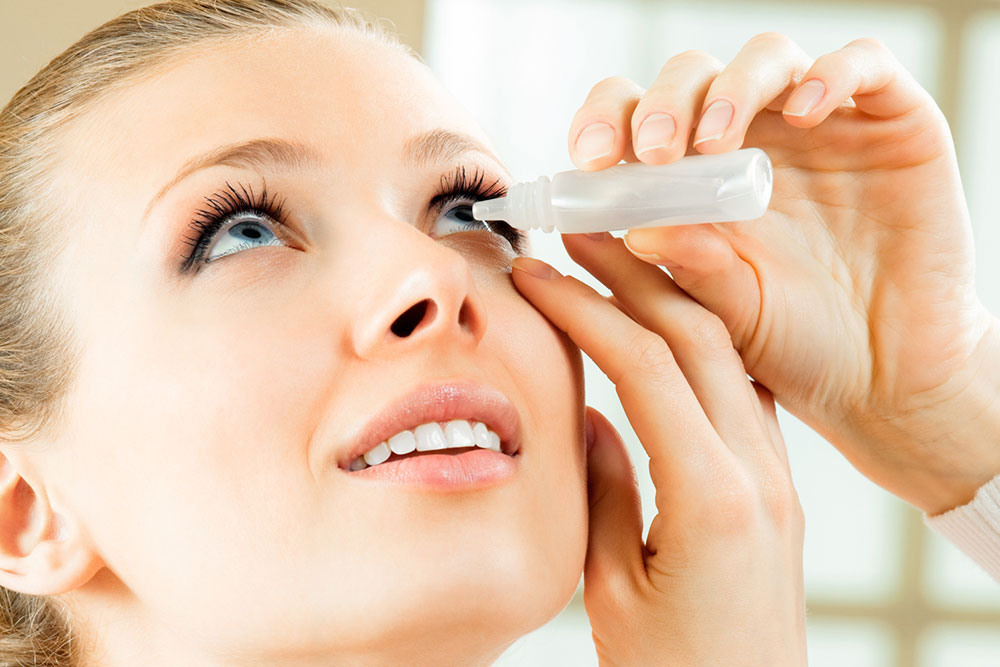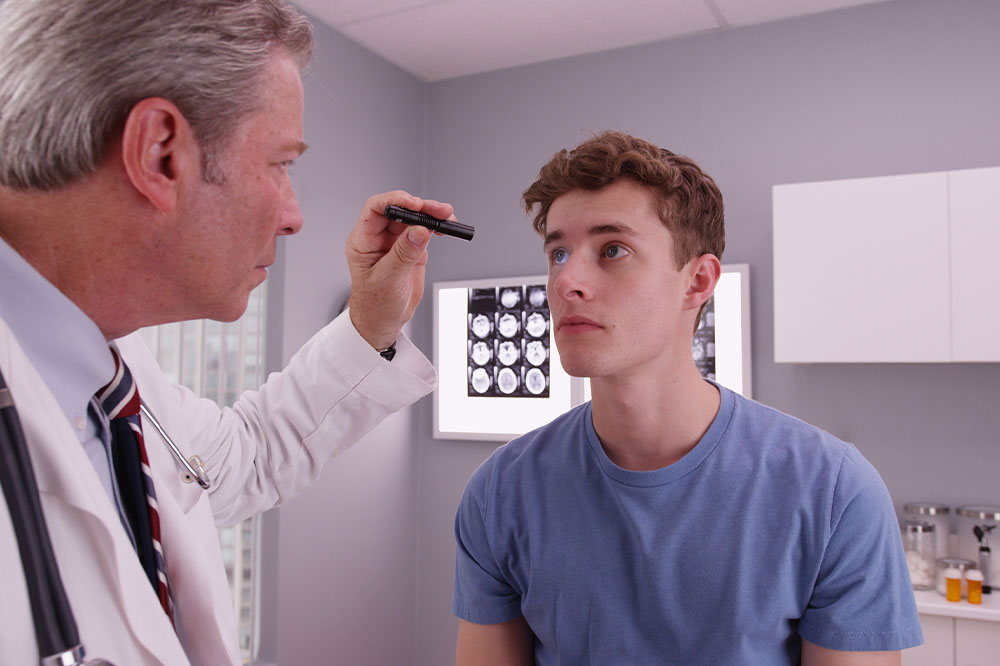Comprehensive Guide to Glaucoma: Risks, Symptoms, and Effective Treatments
This comprehensive article explores glaucoma, highlighting its risk factors, symptoms, and the most effective treatment options. It emphasizes the importance of early detection through routine eye exams, especially for high-risk groups such as older adults and individuals with a family history. The article details how increased intraocular pressure damages the optic nerve, leading to potential blindness if untreated. It covers causes such as impaired fluid drainage and narrowed angles, and discusses treatment methods including eye drops, laser therapy, and surgery. Regular monitoring and prompt intervention are key to preserving vision and preventing severe damage.

Comprehensive Guide to Glaucoma: Risks, Symptoms, and Effective Treatments
Glaucoma represents a serious group of eye disorders characterized by damage to the optic nerve, a critical component in the visual pathway. This damage often results from increased intraocular pressure (IOP), which can gradually cause irreversible vision loss if not diagnosed and managed promptly. Globally, glaucoma ranks among the leading causes of blindness, making awareness and early intervention essential for protecting eye health.
This condition predominantly affects individuals based on age, ethnicity, genetic predisposition, and overall health status. Specific high-risk groups include African Americans over the age of 40, Hispanics above 60, and persons with a family history of glaucoma. Recognizing the risk factors is crucial for early detection and effective treatment, which greatly enhances the prognosis and eye preservation.
At the core of glaucoma development is the increased intraocular pressure that damages the optic nerves. These nerves are vital for transmitting visual information from the eye to the brain. When the optic nerves sustain damage, it results in vision impairment and, if left untreated, permanent blindness. Understanding how this pressure builds up and the factors contributing to it is essential for effective prevention and management.
The anterior chamber of the eye plays a vital role in maintaining eye health by circulating nourishing fluids. These fluids, primarily aqueous humor, are responsible for providing nutrients to the eye tissues. However, when drainage of this fluid becomes impaired, fluid accumulates in the anterior chamber, resulting in increased intraocular pressure. This pressure exerts stress on the optic nerve fibers, damaging them over time and hindering their ability to transmit clear visual signals.
The mechanism behind glaucoma involves multiple factors, primarily related to how the eye drains fluids. With age and other risk factors, the eye’s drainage system often becomes less efficient, leading to fluid buildup. Here are some of the key causes and contributors to increased intraocular pressure and glaucoma development:
Impaired Drainage System - As individuals age, the structures responsible for draining aqueous humor weaken or deteriorate, leading to inefficient fluid removal and consequent pressure buildup within the eye.
Blocked Drainage Angle - The angle formed between the iris and cornea, essential for aqueous humor drainage, narrows with age due to lens growth and other anatomical changes. This narrowing can trap fluid, causing a sharp rise in intraocular pressure.
Underlying Conditions and Injuries - Eye trauma, congenital abnormalities, certain medications such as corticosteroids, and previous ocular surgeries can alter the eye's drainage pathways, increasing glaucoma risk.
Reduced Blood Supply to the Optic Nerve - In some cases, hardened or narrowed arteries reduce blood flow to the optic nerve, leading to nerve damage independently of intraocular pressure levels.
Despite the silent nature in early stages, glaucoma can exhibit various symptoms as the disease progresses. Early detection is challenging due to the absence of pain or noticeable warnings, but recognizing symptoms such as blurred vision, eye discomfort, halos around lights, nausea, and vomiting in more advanced cases is vital. These symptoms often indicate an acute glaucoma attack, which requires immediate medical attention.
The cornerstone of glaucoma treatment involves strategies to lower and control intraocular pressure to prevent further optic nerve damage. The initial approach typically includes topical medications such as eye drops that decrease fluid production or enhance drainage. When medications do not suffice, laser therapy (such as trabeculoplasty or iridotomy) or conventional surgical procedures may be employed to create new drainage pathways or improve existing ones. These interventions aim to stabilize intraocular pressure, halt disease progression, and preserve vision for the long term.
Regular eye examinations are crucial, particularly for those in high-risk categories. Early diagnosis and timely treatment can significantly reduce the risk of irreversible vision loss. Maintaining a healthy lifestyle, avoiding eye injuries, and adhering to prescribed treatments are also essential components in effectively managing glaucoma and protecting eye health.





